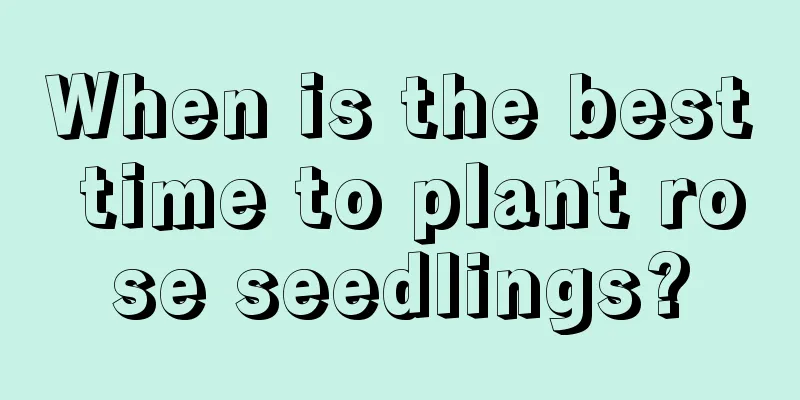How to grow ivy in summer

1. Lower the temperatureIn the high temperature and poor air circulation environment in summer, it is very unfavorable for the growth of ivy. The temperature of its growing environment should not exceed 28℃. If it reaches this temperature, it needs to be moved to a cooler place for maintenance as soon as possible. When the temperature reaches its peak in July and August, it stops growing at temperatures above 23°C and needs to be moved indoors for maintenance. 2. Proper shadingIn summer, the sun is shining directly, the air is hot and stuffy, and the ultraviolet intensity is also very high. At this time, if it is exposed to the sun, it will be very easy to get sunburned. It is best to shade it at this time, as leaves that are sunburned will take a long time to recover. 3. Increase moistureThe summer is hot and the water in the potting soil and the plant evaporates quickly, so we need to water it more appropriately. In summer, it is best to water it once in the morning or evening. Ensuring the moisture of the potting soil is the key to its growth. You can also observe the soil in the pot more often. If it is dry or the pot becomes light, water it in time. |
>>: How to grow red plum blossoms
Recommend
The Flower Language and Legend of Heather
The Flower Language of Heather Heather symbolizes...
The difference between kudzu and kudzu
1. Difference of blades The terminal leaflets of ...
The flower language and value of heartleaf vine
Flower language of heartleaf vine The flower lang...
How to grow Kalanchoe
1. Breeding environment: 1. Soil selection: Try n...
How to grow potted Impatiens, what size pot should I use?
1. Cultivation method of potted Impatiens 1. Ligh...
Is bougainvillea suitable for planting in the north?
1. Reasons Bougainvillea is native to Africa. It ...
How to propagate radish
sowing It is easy for morning glory to germinate ...
How to raise Green Tyrant
1. Soil Just give it loose soil with good drainag...
What is the best month to plant roses?
Which month is suitable for planting roses? Roses...
Which month is the best to sow chrysanthemum?
Chinese cabbage has a strong ability to adapt to ...
What should I do if the Clivia flower is stuck in the middle and can't grow out? How to deal with the stuck arrow
The flower of Clivia is stuck between the leaves ...
Prevention and control of peony diseases and pests, does peony need to be dewormed?
1. Diseases 1. Gray mold: This disease mainly har...
What are the cultivation methods and precautions for bonsai banyan trees?
How to grow a bonsai banyan tree Bonsai banyan tr...
How to save seeds of Shanghai Qing
Shanghai Qingliu Seed Method The seeds of Shangha...
Can camphor tree leaves be used as fertilizer?
Camphor tree leaves as fertilizer Camphor leaves ...









